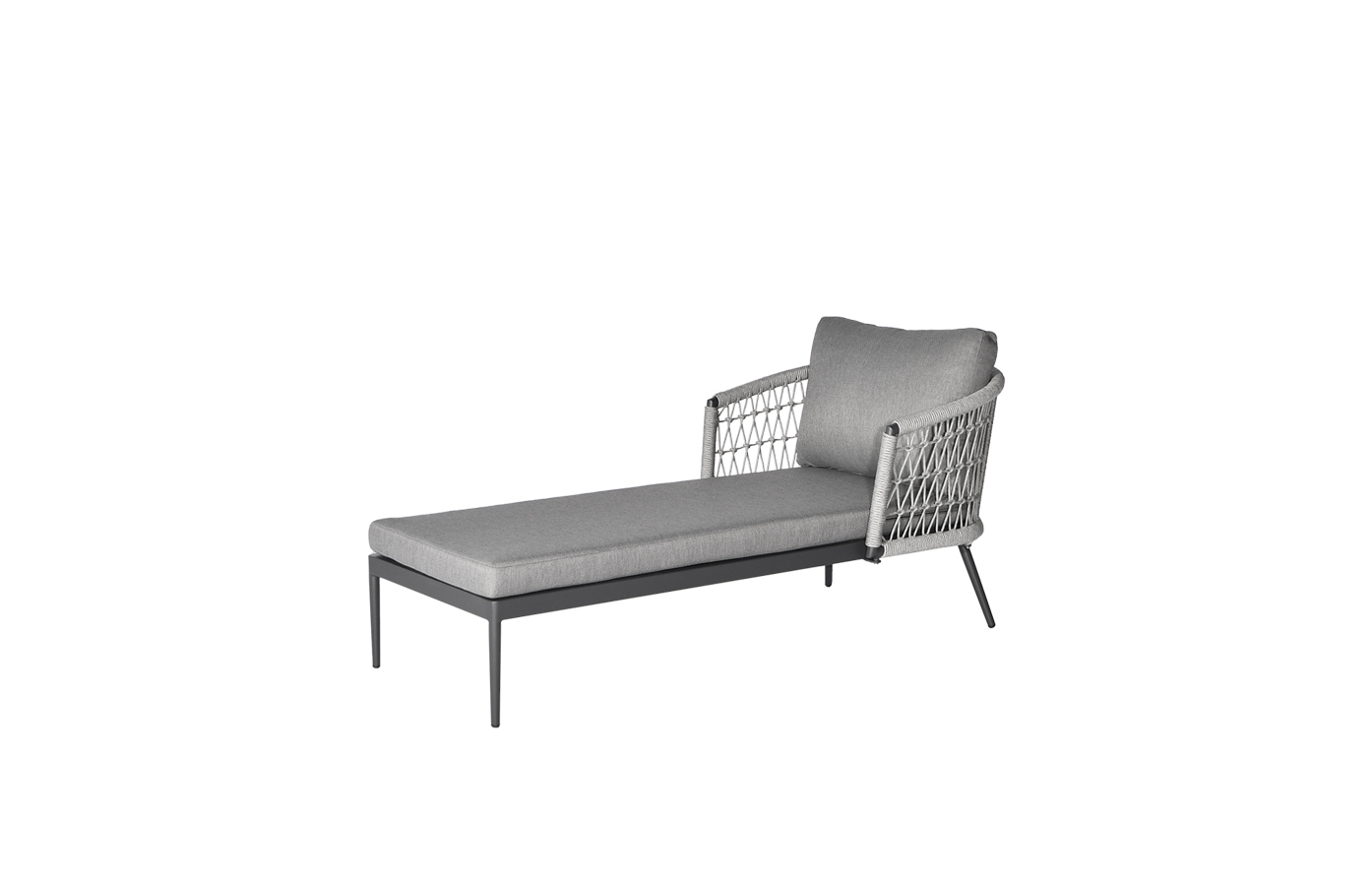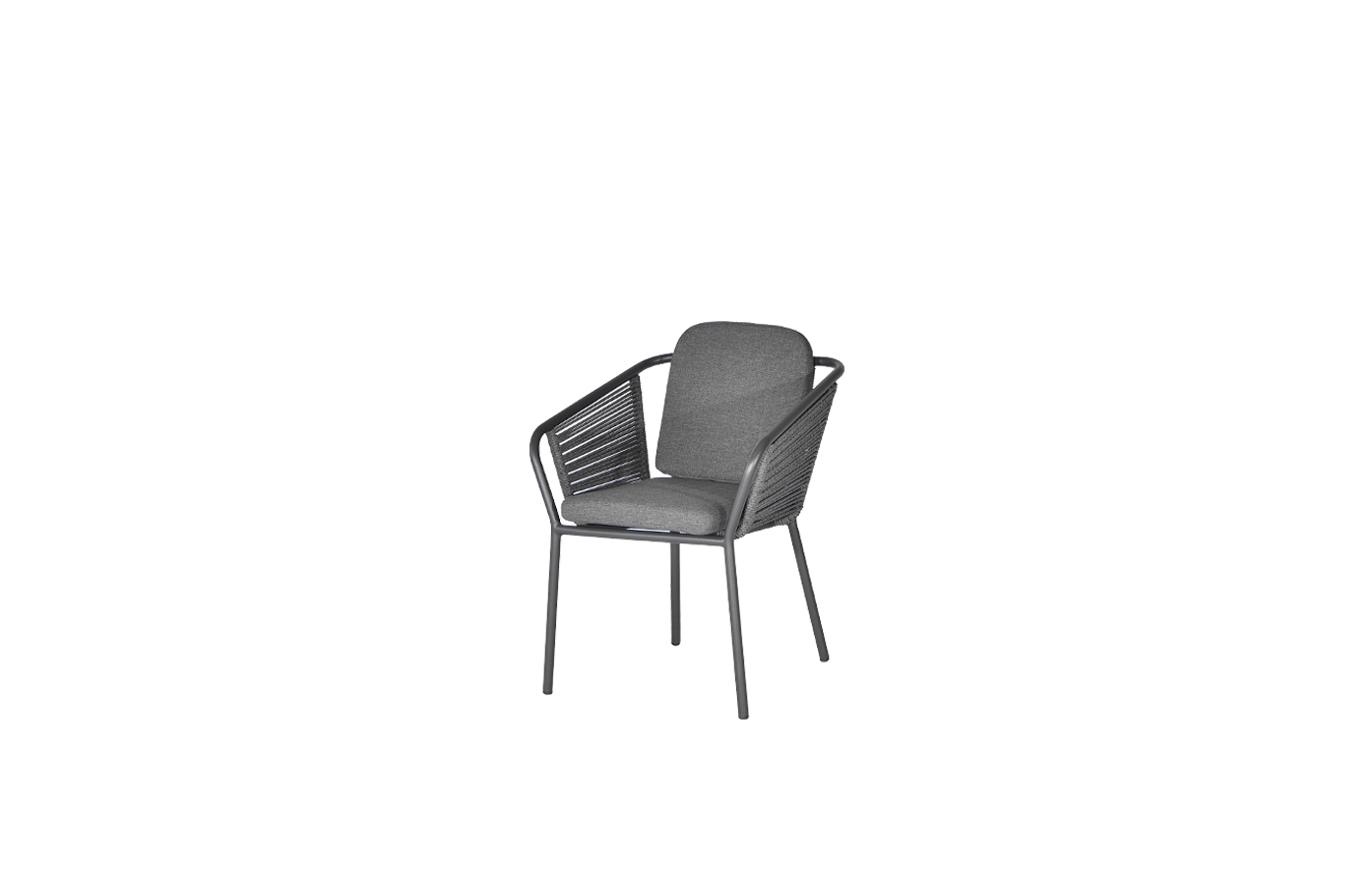****

The Transformative Power of Lighting: How Proper Illumination Can Enhance Your Space and Mood in Any Environment
Lighting plays a pivotal role in defining the ambiance and functionality of any space. Whether in a residential home, an office setting, or a public venue, the right lighting can dramatically impact mood, enhance productivity, and create a welcoming atmosphere. As a crucial element of interior design, lighting affects not only how we perceive our surroundings but also how we feel within them. In this article, we will explore the significance of lighting and how its careful application can transform any environment.
One of the primary functions of lighting is to facilitate visibility. In homes, adequate lighting is essential for performing daily tasks such as cooking, reading, and cleaning. In workplaces, good illumination can reduce eye strain and improve focus, ultimately enhancing overall productivity. Yet, lighting goes beyond mere functionality. It can also shape the emotional landscape of a space. For instance, harsh fluorescent lights can create a sterile environment, while warm, soft lighting can evoke a sense of comfort and relaxation.
When considering lighting design, it is essential to understand the three main types of lighting: ambient, task, and accent. Ambient lighting provides the overall illumination for a room and sets the mood. Common sources of ambient lighting include ceiling fixtures, chandeliers, and lamps. Task lighting, on the other hand, is more focused and is used to illuminate specific areas where activities occur, such as desks, countertops, or reading nooks. Accent lighting is used to highlight particular features, such as artwork or architectural details, adding depth and interest to a space.
The color temperature of light also plays a significant role in creating the desired atmosphere. Measured in Kelvin (K), color temperature ranges from warm yellows (around 2700K) to cool blues (up to 6500K). Warm lighting is often associated with comfort and coziness, making it ideal for living rooms and bedrooms. Cool lighting, conversely, promotes energy and alertness, making it suitable for workspaces and kitchens. By carefully selecting the color temperature of the lighting, one can effectively alter the mood of a room.
The placement of lighting fixtures is another crucial aspect of lighting design. Layering different types of lighting at varying heights can create a sense of depth and dimension in a room. For example, a combination of floor lamps, table lamps, and ceiling fixtures can create visual interest and balance. Additionally, using wall sconces and other decorative lighting can enhance architectural features, drawing the eye and making space feel more inviting.
Sustainability is becoming an increasingly important consideration in lighting design. With advancements in technology, LED lighting offers a long-lasting and energy-efficient alternative to traditional incandescent bulbs. LEDs consume significantly less energy and have a much longer lifespan, reducing waste and energy bills. As more individuals and businesses prioritize environmentally responsible choices, LED lighting becomes a common element in modern design.
Smart lighting technology has also revolutionized the way we experience illumination in our spaces. With the rise of smart home systems, individuals can control their lighting with mobile devices or voice commands. Features such as dimming, color changing, and scheduling allow for a personalized approach to lighting design, making it easier than ever to create the ideal environment for any occasion. For instance, individuals can create a relaxing ambiance for movie nights or bright, invigorating lighting for daytime productivity.

The Transformative Power of Lighting: How Proper Illumination Can Enhance Your Space and Mood in Any Environment
In public spaces, effective lighting design can enhance safety and security while simultaneously creating an inviting atmosphere. Well-lit pathways, staircases, and entrances help prevent accidents and deter crime. Parks and recreational areas, when properly illuminated, can encourage evening use and foster community engagement. The thoughtful integration of lighting in these environments not only improves functionality but also enhances the overall experience for users.

The Transformative Power of Lighting: How Proper Illumination Can Enhance Your Space and Mood in Any Environment
In conclusion, lighting is a foundational aspect of design that affects both the aesthetic appeal and functionality of a space. Its ability to manipulate mood, enhance productivity, and improve safety underscores the importance of thoughtful lighting design. As technology evolves and sustainability becomes a focal point, the possibilities for innovative lighting solutions continue to expand. Embracing the transformative power of lighting allows individuals and businesses alike to create environments that are not only beautiful but also conducive to the activities and emotions that define everyday life. Whether through the warmth of ambient light or the focus of task lighting, the impact of lighting should never be underestimated. Patio Aluminum Outdoor Furniture



